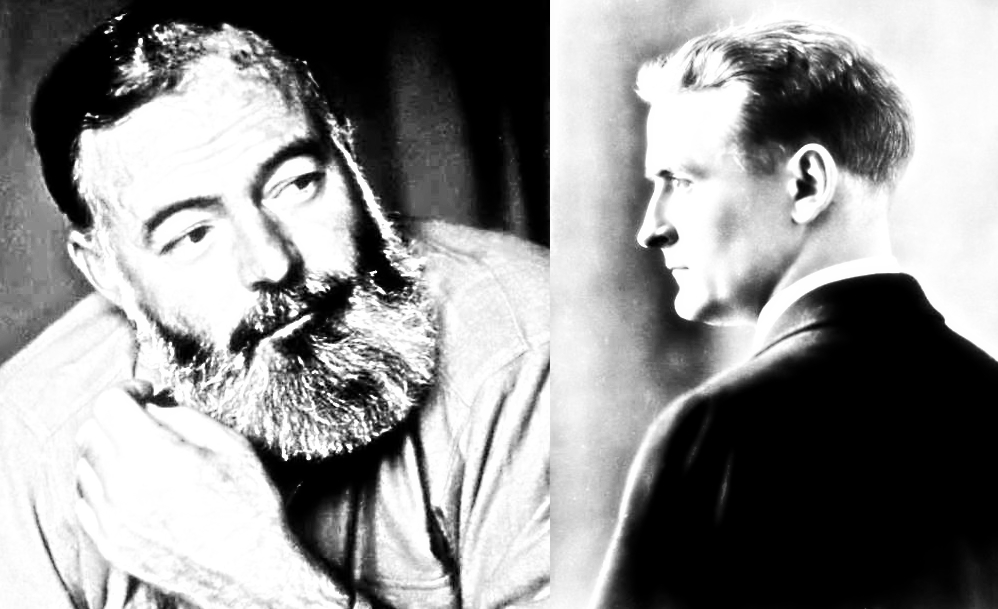Mr. Moundshroud, who are YOU?
And Mr. Moundshroud, way up there on the roof, sent his thoughts back:
I think you know, boy, I think you know.
Ray Bradbury | The Halloween Tree
At the end of The Halloween Tree by Ray Bradbury, Moundshroud admits to being some aspect of Death–or perhaps even Death himself–and sends the boys out into the night, whisking away as fog back into his own home.
Death is a peculiar thing in media. Our stories, folklore, films, and paintings all feature Death in some specific artistic way–often times a cloaked figure with a scythe.
Today we are going to look at different interpretations of Death to build background for our own essays and writing.
Literature, Myth, and Death
Death in “The Masque of the Red Death” by Edgar Allan Poe
In this short story, a wealthy man closes himself and his companions off from the world as it is ravaged by a plague known as the Red Death. An allegory to the Bubonic Plague, the story addresses the fears of death and Death itself. In the end, our protagonist is unable to stave off the merciless caretaker of the dead, as the cloaked menace appears at our main character’s party wearing a mask and kills him by revealing itself.
In Poe’s story, Death symbolizes the inevitable fate we all share. By closing oneself off from the world-to hide from Death–one is only putting off what is to be expected.

By Odilon Redon – MOMA, Public Domain, f
Death in Greek Mythology: Thanatos
Furthermore, in Greek mythology, Thanatos is the personification of Death. He is the son of the goddess of night, Nyx, and was sent to take humans to the underworld when it was their time. Moreover, he was the “daemonic representation” of the Grim Reaper, but “rarely appeared in any stories” as the god of the Underworld, Hades, took his place in most narratives.
When physically depicted, Thanatos was “shown to be a bearded and winged old man,” and sometimes was shown to be “a young person without any beard” with “an upside-down torch in his hand” and a symbol of a dead person in hand, a butterfly or wreath (Greek Gods & Goddesses). He battled both Heracles (literally) and Sisyphus (figuratively) in Greek myth.
As with much Greek mythology, there is the interpretation and the personification. As Death is a force for the Underworld, he symbolizes the normal, quieter, death as he has a much softer touch than say Hypnos.

Krater by Euphronios (painter) and Euxitheos (potter).
Death in Jose Saramago’s Death with Interruptions
Moreover, in Death with Interruptions, the character of Death goes on hiatus and the world goes on without her. The disarray caused by Death’s absence becomes noticeable when problems start mounting up for the (permanently) living. In Saramago’s book, Death is a female who is contemplative and philosophical about the purpose of life and death. She carries a scythe and is otherwise fairly Death-like, even though she pines for a more normal existence.
Death in Saramago’s book is a philosophical conundrum. How would humans function if they never died? Death thinks about these things even though she fails to understand her own humanity.
Death in Terry Pratchett’s Discworld series
Next, Pratchett’s series features Death as a character who embodies the sort of cliché aspects of Death that can be expected. He wears a black robe, carries a scythe, and oversees the Discworld to perform the functions of his job. Throughout the series he is revealed to be a more emotional and complex character.
In Pratchett’s world, Death is a worker and is doing a job that he has been assigned to, and his change in character is a reflection of his building as a person and empathetic being.

Death in Markus Zusak’s The Book Thief
Additionally, in Zusak’s novel, Death lives and breaths as narrator, telling a tale set in Nazi, Germany in 1939. Death is a disembodied, yet omniscient, voice in this novel, telling his story of a book thief through his own perspective. Death has feelings and takes his job seriously–it’s an emotional affair. As such, Death differs because he is a fully formed and pathos-driven character rather than a silent enforcer of mortal expiration dates.
Death symbolizes the wonder and thought-driven creatures that humans are in their higher-functioning states. He thinks, feels, and questions the actions of humanity in the face of grim violence.
Death in Christopher Moore’s A Dirty Job
Lastly, in humorist Christopher Moore’s novel, Death is your everyday schlub, Charlie Asher. Over the course of the novel, Charlie becomes increasingly aware that he has been hired for the position of Death even though he is baffled by his choosing. Charlie (by proxy, Death) is a “neurotic,” “hypochondriac” who can be described as a “Beta Male,” which is a different depiction of Death from previous versions.
Moore is adept at subversion, so in flipping your standard Death tropes, Death is just a dork who seems to be living a dead-end life. Death symbolizes the dark forces that lie at the edge of reality in this story, and also Death as a conventional aspect of life.
Conclusion
In summations, death is inevitable. However, after analyzing different interpretations, from the cliché Death in a robe with a scythe, to an emotional and omnipotent narrator, we can be more aware of how Death has been presented in fiction and how his image has shaped our own understanding of morality.
For example, Death as an emotional force who ponders the meaning of life shows us that Death is not a simple result of living; it is a complicated force that shapes lives and changes humanities outlook on life. Yet, if Death is simply a skeleton in a robe, then we are informed by either the meaningless nature of Death or the commonplace occurrence of Death.
Therefore, Death is not any one thing, because Death can be interpreted through various means of interpretation, from purpose to gender to perspective. As such, it is important to be aware of how Death is presented and what he represents in a story.
Works Cited
“Thanatos – Greek God of Death.” Greek Gods and Goddesses. Web. https://greekgodsandgoddesses.net/gods/thanatos/.
TalkDeath. “The Most Popular Depictions of Death in Art.” Oct. 6, 2016. Web. https://www.talkdeath.com/most-popular-depictions-of-death-in-art/







